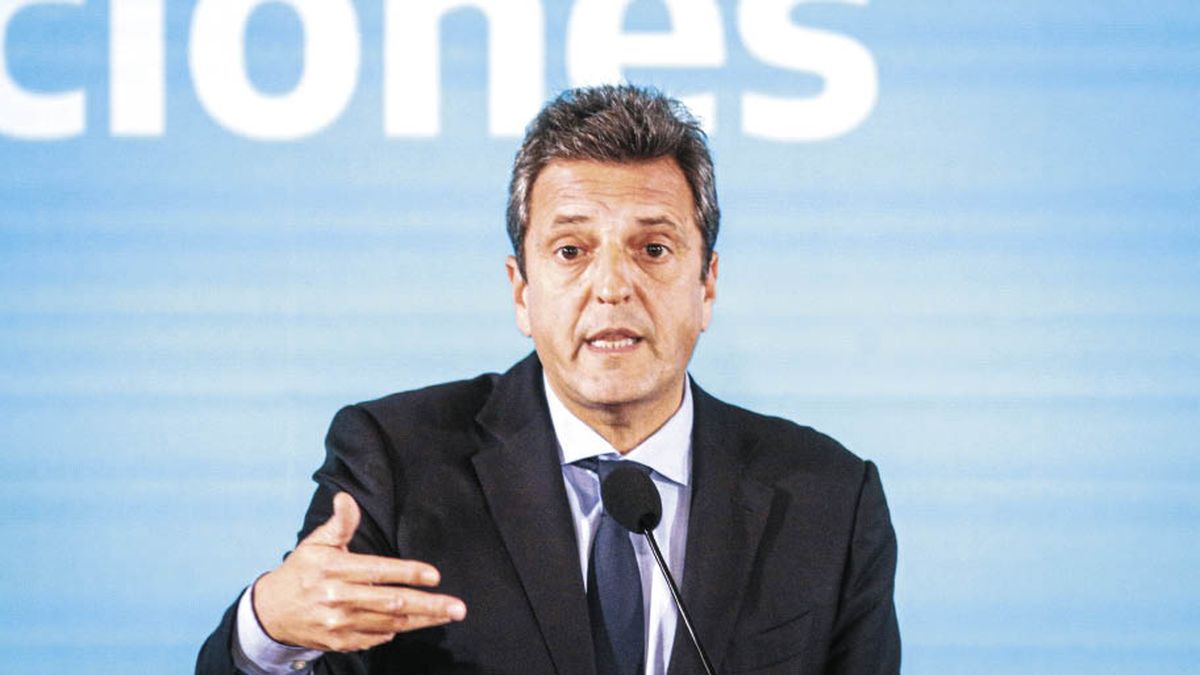According to the Congressional Budget Office (OPC) in the first eleven months of the year “the primary deficit was 7.7% lower in real terms than the accumulated deficit in the same period of the previous year and the financial deficit fell 4.1% ”. “The negative primary result for the period reached $1.9 trillion, equivalent to 2.4% of GDP,” says the technical office of the Legislative Branch in its latest report. It should be clarified that the OPC reports data from the National Administration and that it includes the accrual of operations, that is, it records the expense when it is generated and not when it is paid. On the other hand, the Ministry of Economy provides details of the “cash base”, which is the one used by the IMF. On Tuesday the Palacio de Hacienda will announce its numbers. Despite this difference, the report provides a clear idea of the policy implemented by the Executive Power.
The official report indicates that if interest payments on the debt are included in the calculations, the public administration deficit climbed to $3.2 trillion, equivalent to 3.9% of GDP. “With the reduction of the Solidarity and Extraordinary Contribution and without the entry of the Special Drawing Rights that were received last year, the resources fell 4.5%,” explains the official report.
The OPC reflects in its analysis the change in trend in economic policy that occurred since the arrival of Massa. “In the last five months, primary spending fell 18.8% year-on-year, which contrasts with the 12.5% rise in the first semester,” the report indicates.
In January it had grown 19%; February, 12.8%; March, 16.8%; April, 9.8%; May, 8.8%, and in June, 8.7%. That month the political crisis that caused the departure of Guzmán from the Government erupted, followed by the 24-day internship of Silvina Batakis and Sergio Massa appeared, who, according to Deputy Minister Gabriel Rubinstein, took control of the ship when a hyperinflationary outbreak was imminent. So, in July spending fell 11.5%; in August 20.4%; September, 15.8%; October, 16.8% and in November it plummeted 27.7%.
According to the report, capital disbursements registered the steepest drop of the year in November (79.3%), basically due to the decrease in transfers to trust funds and public companies. However, it stands out that “until November budget credit rose 54.4% and more than half of the increase was focused on retirement, energy subsidies and social plans.” “95% of the budget extensions were approved by DNU and 5% by administrative decision,” details the OPC.
For some analystsLike Fausto Spotorno, chief economist at the Orlando Ferreres study, Massa is not generating a spending adjustment policy but is “liquefying it”, as expressed this week at a meeting of the Fundación Libertad de Rosario. Some economists argue that the drop in spending has more to do with the wearing effect of inflation on spending on public sector salaries and pensions than with permanent changes in its structure.
By the end of the year, Massa deepened the trend. According to the Analytica consultancy of economist Ricardo Delgado, in the first week of December, real primary spending was 52.1% lower than a year ago. “Regarding the same period of 2021, it is observed that the negative variation is homogeneous between items. The sharp fall in public works stands out due to the fact that in the previous year there was a strong acceleration of spending in these items during the last quarter, while in the current year the adjustment logic prevails, ”he indicated.
Source: Ambito
David William is a talented author who has made a name for himself in the world of writing. He is a professional author who writes on a wide range of topics, from general interest to opinion news. David is currently working as a writer at 24 hours worlds where he brings his unique perspective and in-depth research to his articles, making them both informative and engaging.




